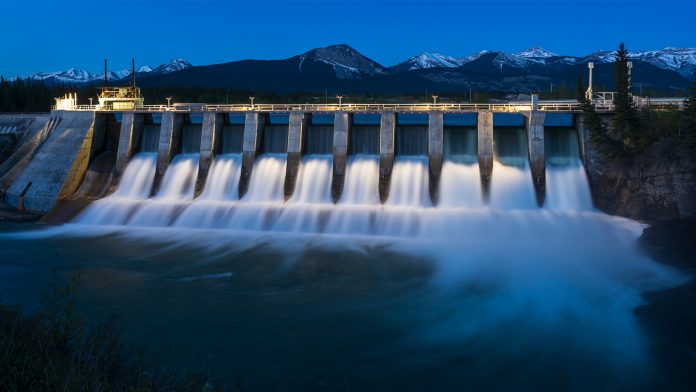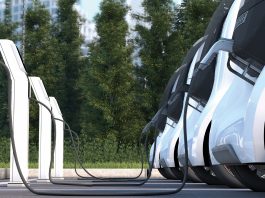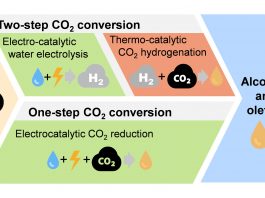Jose Manuel Chamorro from The University of the Basque Country, Spain, speaks to Innovation News Network about the environmental impact of hydropower plants and their potential to be the most successful sustainable energy source.
A recent report by the International Hydropower Association (IHA) suggests that hydropower-based electricity generation hit a record 4,306 terawatt hours (TWh) in 2019, whereas the total annual capacity for wind energy in 2019 was just 1,404 TWh.
Despite generating 16% of the world’s electricity, hydropower is yet to be adopted in every country. Innovation News Network’s digital editor, Caitlin Magee spoke to hydropower expert Jose Manuel Chamorro from The University of the Basque Country, Spain, about the benefits of using hydropower and the challenges the industry faces.
The environmental impact of hydropower
Hydropower offers a sustainable alternative to the use of fossil fuel, as Chamorro explains: “Due to the flexibility of reservoir-based hydro, it is complementary to other inflexible renewable energy options. Therefore, the real environmental benefits are even greater, as hydropower can provide the required flexibility to achieve fully renewable power systems.”
By securing the supply of energy from sustainable sources, nations can end their dependency on fossil fuels and reduce their carbon footprint. A recent study led by Chamorro evaluated the degree of energy security from hydropower. The study suggests that the flexibility of hydropower could fill the gaps left by wind and solar power, which offer intermittent energy supply.
“Compared to other recognisable sources, hydropower has a large storage capacity and contributes to improve security of supply by generating electricity at times of high demand. Hydropower and other renewable energy sources can be seen as complementary since the former is able to balance renewables’ intermittency. All of this while taking into account some restrictions such as risk management and water supply for the people,” said Chamorro.
Sustainable energy’s impact on wildlife
Wind energy’s impact on birds has been widely documented, with wind turbines killing up to 328,000 birds in North America each year. Wind turbines also have the potential to reduce, fragment, or degrade habitat for wildlife, fish, and plants.
Just as reducing downstream water flow can cause a loss of habitat, creating reservoirs to generate electricity in storage and pumped storage hydropower systems often cause upstream flooding that destroys wildlife habitats. However, just 8% of fish that pass through hydro plants die as a result of the technology.
When discussing the impact of hydropower on local wildlife, Chamorro added: “The main impacts of hydro plants on local wildlife are related to the building phase, such as the creation of large reservoirs in areas that used to be a wildlife habitat. During the operation phase, a hydro plant can affect wildlife, especially river fish. Currently, it is unlikely that new power plants with large reservoirs will be built in developed countries. What is feasible is the use of some reservoirs as mixed hydro pumped plants with minor investments. The construction of new pure pumped hydro power plant is also feasible increasing the storage capacity; in this case we think that the impact on wildlife is less.”
The greatest challenges facing sustainable energy
Chamorro believes that the limited capacity of energy storage technologies is restricting the adoption of sustainable energy. “The main problem facing renewable energy is the shortage of storage capacity. By storing energy when demand is relatively low, one could reserve energy for when the demand is higher. This factor is not relevant for reservoir-based hydro plants, which function like fossil fuel-based plants (usually even better) in terms of demand response. Large upfront investments and siting limitations are often seen as additional factors impeding the further penetration of hydropower reservoirs in developed countries.
“Energy storage is essential to have a generation mix of power technologies with an increasing weight of renewable sources, due to the intermittency of the latter. Although there are several technologies under development (e.g. batteries), currently hydro power plants are providing the majority of global storage capacity and offer a quick response to specific electricity needs. However, the regulation of electricity markets does not allow the full flexibility available to hydroelectric facilities to be used. Due to climate change, the amounts of water allocated to power generation could decrease soon for several reasons, such as share of water allocated by environmental institutions, higher evapotranspiration in water reservoirs, and more frequent droughts.”









